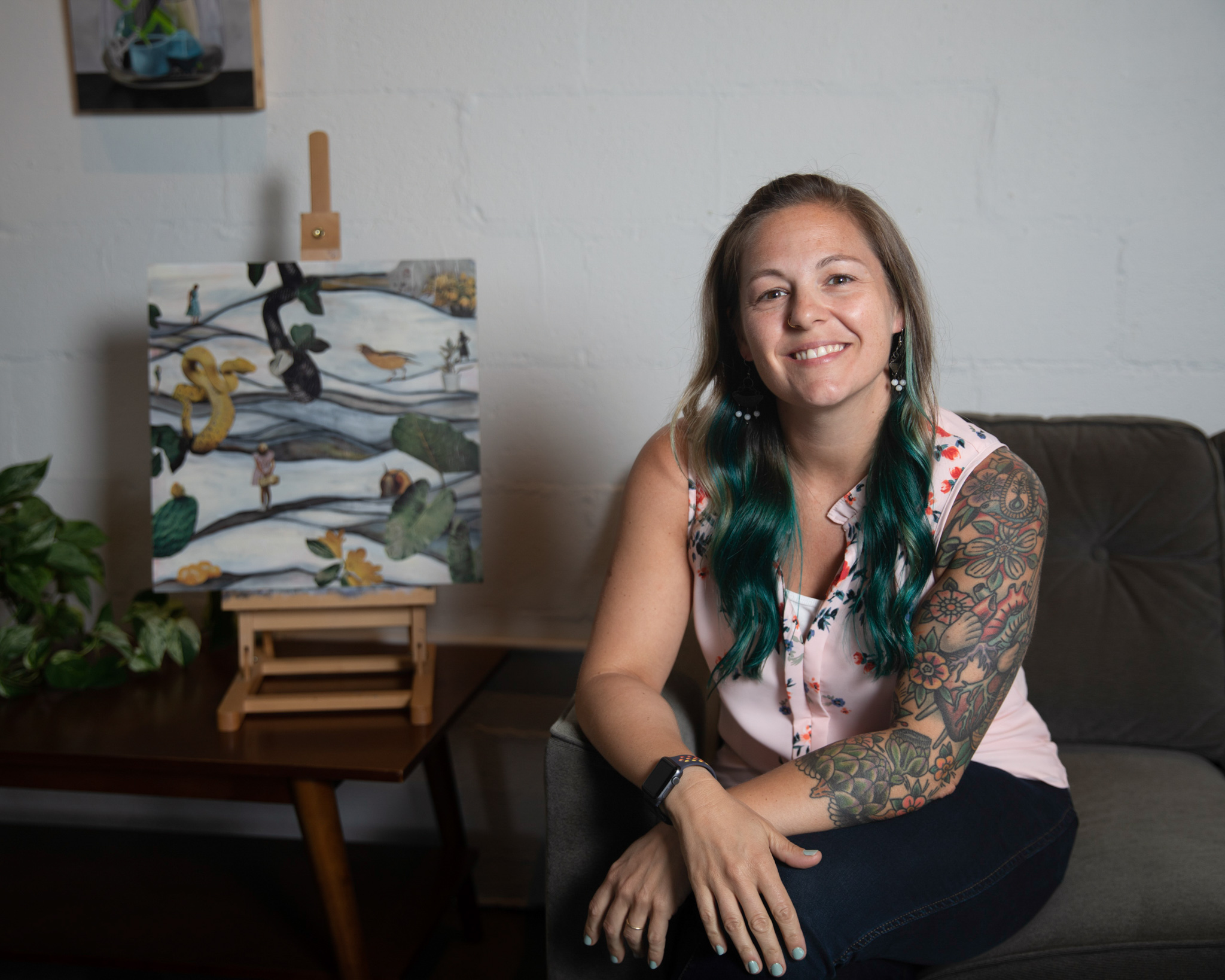We’re excited to introduce you to the always interesting and insightful Laura Thompson. We hope you’ll enjoy our conversation with Laura below.
Laura, thanks for joining us, excited to have you contributing your stories and insights. Earning a full time living from one’s creative career can be incredibly difficult. Have you been able to do so and if so, can you share some of the key parts of your journey and any important advice or lessons that might help creatives who haven’t been able to yet?
I took the plunge into being a full-time artist at the end of 2022, so I’m approaching my 2 year mark. Over these past 2 years, I have learned a TON about what it takes to be a full-time artist, what I want (and don’t want!) to do, and how important it is to be discerning when it comes to opportunities. My first year was a “throw spaghetti at the wall” kind of approach. I launched my website, attended a lot of networking events in my area, told everyone I met what I was trying to do, and kept an open mind when offered projects. If it was art-related, I named my price and went for it if the partner was game. This led to several wins and a few critical fails that helped me reorient my path.
A few fails:
– a couple teaching gigs that made me realize that I didn’t want to work in higher ed settings (or grade another art project EVER)
– a series of workshops held at various local businesses that were not helpful in marketing and therefore resulted in low attendance that wasn’t profitable
– scheduling too many shows and festivals that overlapped and made it a struggle to have enough work available for each
– underpricing myself on mural commissions
But all of these lessons have shown me what endeavors are the most fruitful and have allowed me the clarity to focus my energy more efficiently:
– I only teach community art classes that I’m excited about, and only hold them if a minimum number of students are registered to ensure my time is compensated adequately
– I do private workshops with a base price, or partner with businesses that have a record of high attendance for their events
– I have only 2 shows scheduled for 2025, and will focus my energy on applying to art festivals, as my sales are much higher at those and I have the opportunity to interact with more appreciators & potential collectors
– feeling confident in my mural portfolio so that I will feel comfortable setting my prices where I feel they need to be and turning down jobs that don’t feel like a good fit.
I’m not sure I could have gotten where I am without going through all of these experiences first. I think it is important for artists who are looking to go full-time to cast a wide net as far as what types of income streams they are willing to pursue at first because it really is a hustle and there are SO many ways to create income from art besides selling originals. Once you give some of the others a try, you can continue to narrow down your options to the most compelling and enjoyable ones.
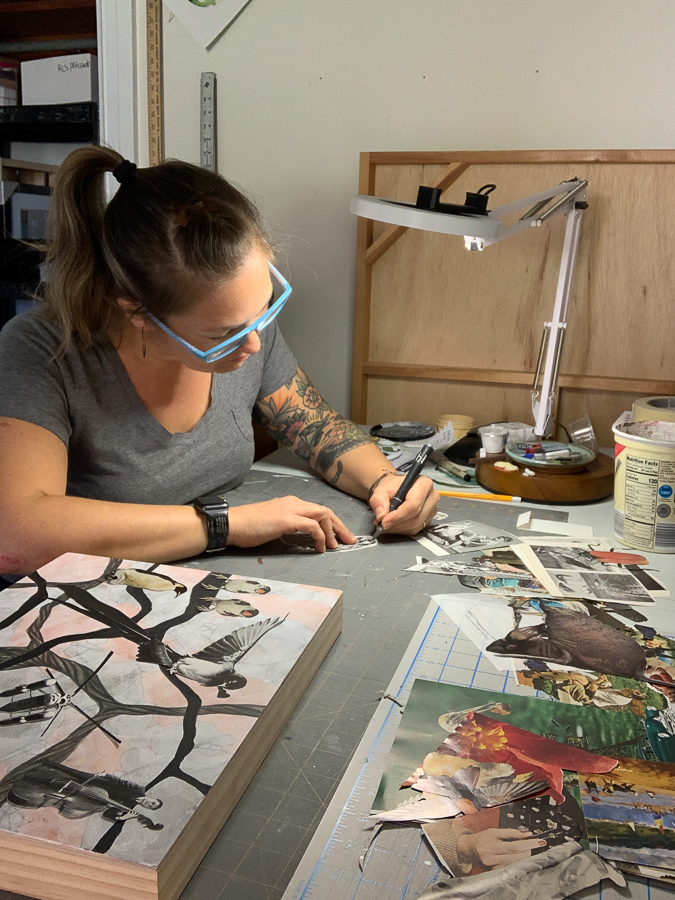

Awesome – so before we get into the rest of our questions, can you briefly introduce yourself to our readers.
I grew up in a suburb of Rochester NY, and left to attend college in the Shenandoah Valley of Virginia where I still live today. I entered college “undecided” but had a work study that randomly placed me in the art building to help as an office assistant. It was there that I realized I could major in art, and that if I studied graphic design, I might actually land a job after graduation. During my studies, I was recruited into the art education program too – another art job possibility (in a world in which the sentiment seemed to be “what can you even DO with an art degree?”)
Like many new graduates, I had a mixed bag of jobs before settling into a career (which for me was teaching). One of these jobs was at a stained glass studio. Working in the medium I was most excited about at the time was a great way to hone my technical and design skills. Like graphic design, which I continued to do in a freelance capacity from time to time, I gained valuable experience to work with clients and collaborate to come to a solution we were both happy with. Today, I use those same principals to work with mural clients to ensure we are getting the result they want.
In the teaching realm, I have taught community art classes for over 20 years, and 13 of those I also taught in public schools. I believe teaching is the main contributor to my breadth and depth of art skills and knowledge. Helping students problem-solve, think critically, and self-reflect has deepened my own practice and lead me to the work I’m doing today. One of my favorite feelings in this world is seeing someone’s creativity crack wide open and the light in their eyes when they experience the “aha” moment of true understanding. I refer to my pedagogy as “stress-free art classes for busy adults” and I want everyone who walks through my proverbial “door” to leave feeling inspired, invigorated, and proud of the work they have done while in my class.
My art is a true self-portait in many ways. Though my medium has changed over the years (I imagine that’s not uncommon for art teachers who have their hands in different media all the time), my sense of humor has been present in all the figurative work I’ve done. After a lengthy stint as a glass artist working very abstractly, I reverted back to painting and drawing once my daughter was born and my circumstances changed. I let go of glass as a former life, and it’s TBD whether I’ll ever return to it. But with my 2D work, I have always been drawn to absurdity, surreality, and dark humor. My current body of work is mixed media collage using vintage magazine images on painted backgrounds to create surreal “little worlds”. From afar, many look like inocuous floral works, but at a closer glance, there are characters all playing out different roles in a narrative that is both somehow familiar, yet otherworldly. I like to surprise and delight my viewers, to make them wonder and pontificate. It’s not for everyone. How boring if it was?

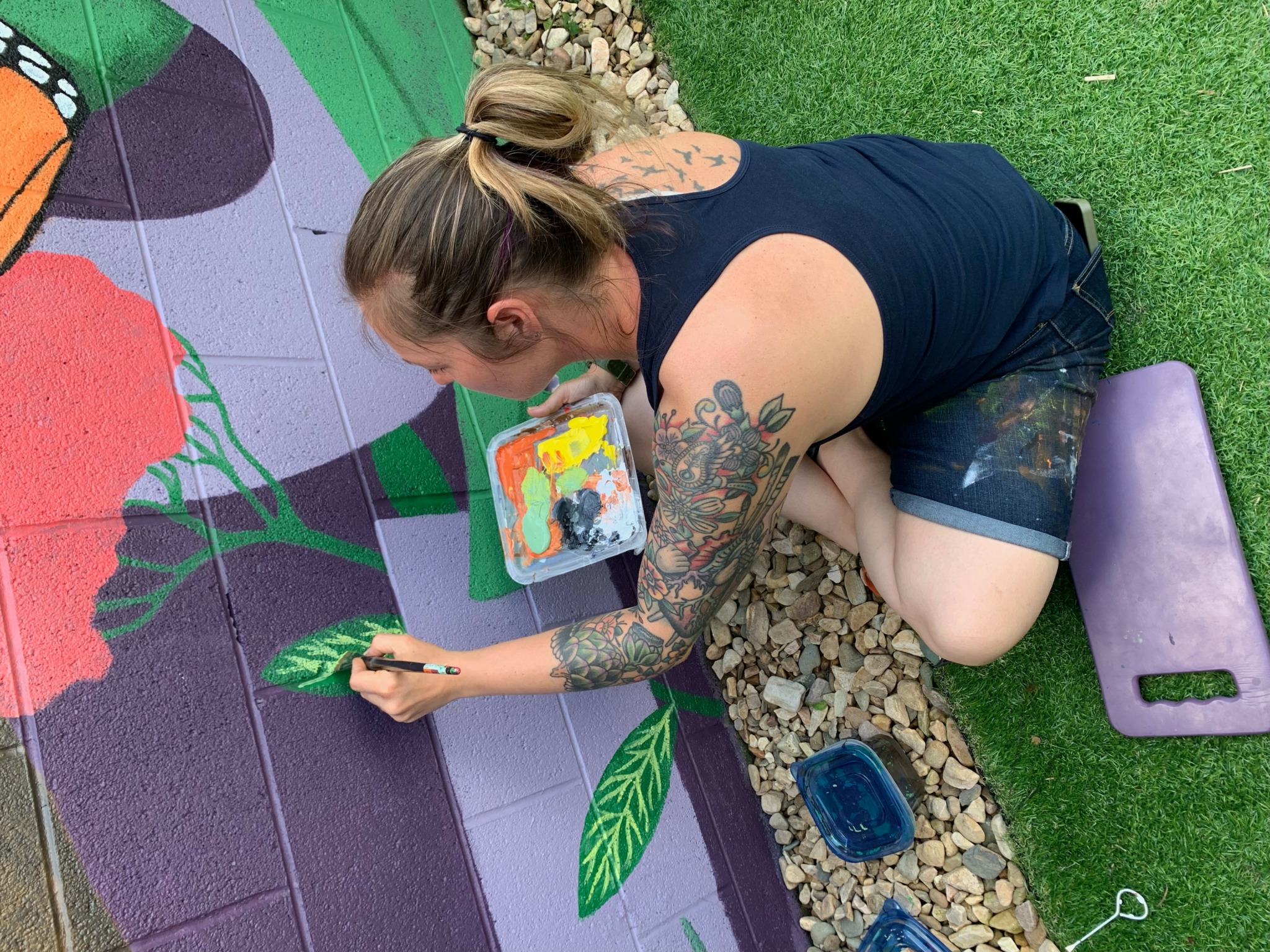
How can we best help foster a strong, supportive environment for artists and creatives?
To best support artists, creatives, and a thriving creative ecosystem, I believe we can tap into the “shop local” movement. There is a strong grassroots movement to patronize small businesses, farmers markets, and venues & events that are in our own “back yards”. Artists and makers should be included in that list when people are looking for unique decor or gifts, and it is up to us to remind people of this by not only promoting our own work, but lifting up other creatives’ work and highlighting our local faves.
I think another way artists can help create advocacy is to invite the community into their story and process so they have a better understanding of the “why” and “how” behind their work. Offering demonstrations, classes, and artist talks, or at the very least a well written artist statement for a show display are great ways to share about your work and get other people invested in what you do.
Unfortunately, it will take education to help society-at-large understand why it’s important to invest in local arts, and to grasp the concept that voting with your dollars is being a part of “the change you you wish to see in the world”. It will also require individuals to do their part to shed light on other creatives and arts organizations who are providing value in our communities.
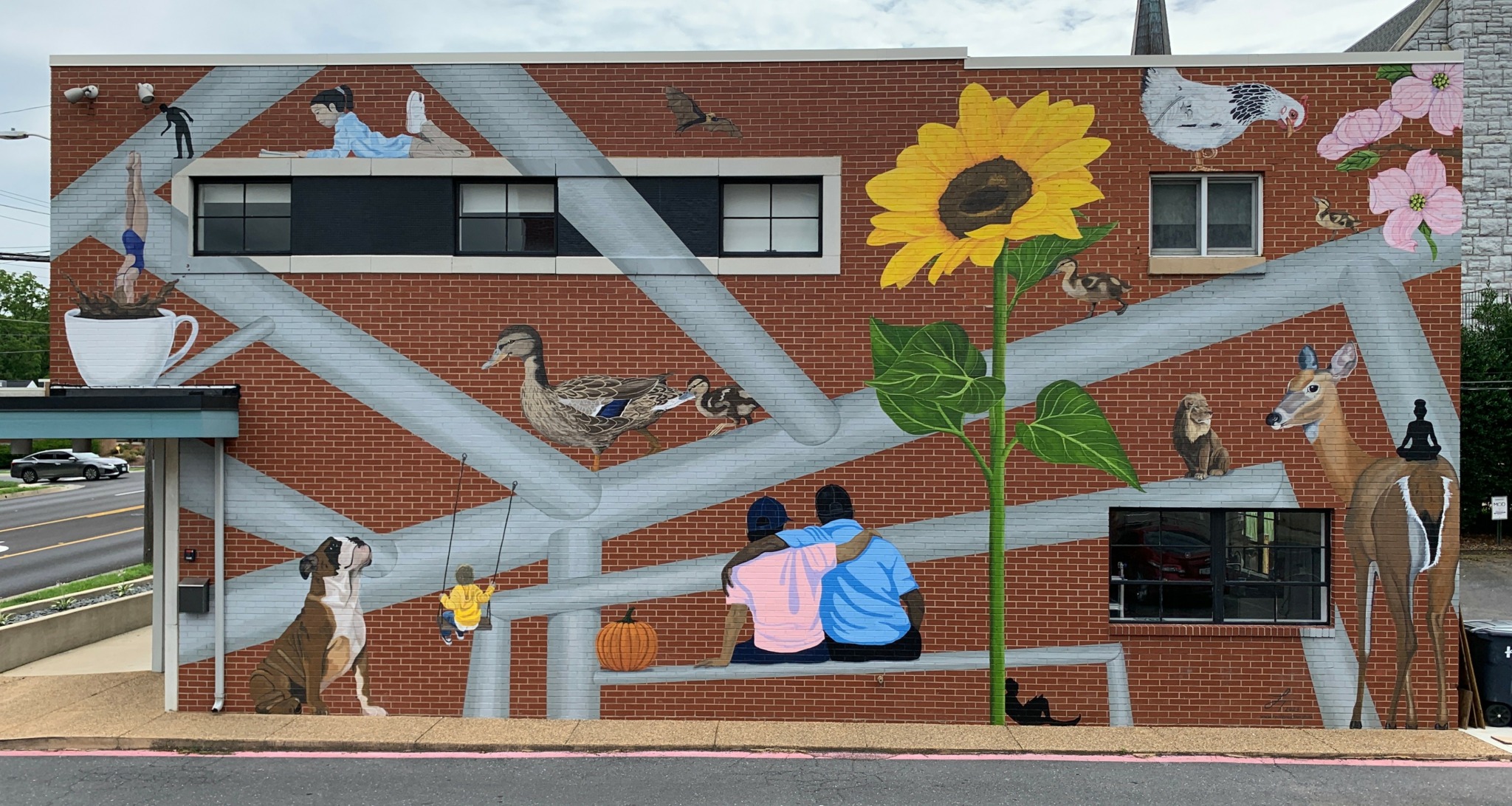
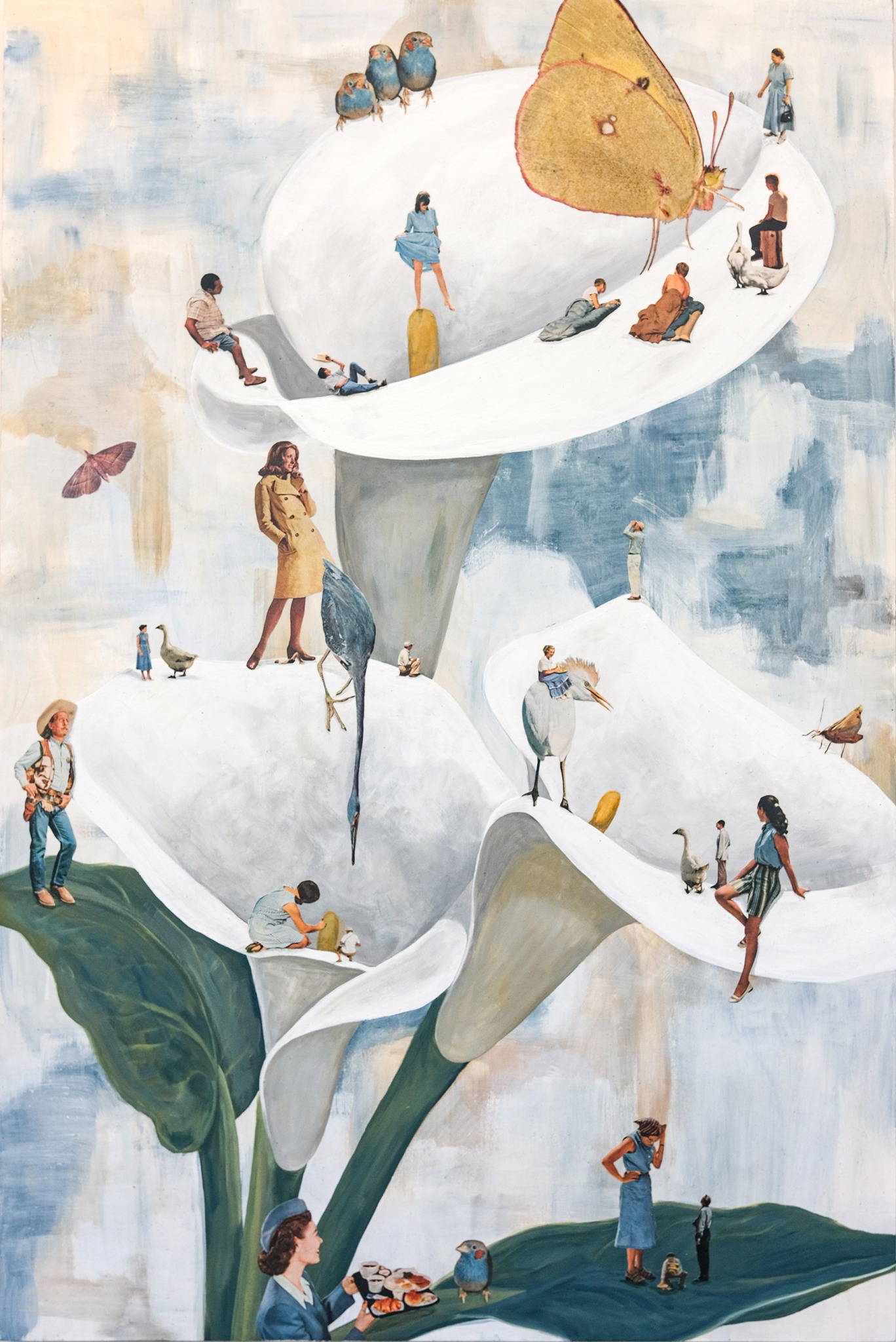
Is there something you think non-creatives will struggle to understand about your journey as a creative? Maybe you can provide some insight – you never know who might benefit from the enlightenment.
There is a line that all creative professionals walk in the process of creating their art, which is “make what you are passionate about vs. make what sells” and I think non-creatives struggle to understand the nuance and tend to assume that artists should just make things that sell at the expense of their own artistic voice. “People like cats. You should paint cats.” What if I hate cats? I don’t, but what if I did? Should I spend hours of me life staring at and depicting them? Probably not.
I don’t believe it is a complete trade-off. I believe there are niches for every genre of art and that it is possible to find an audience for your work if you are willing and able to search for it. I also believe that within these niches are trends or styles that are easier to sell, and that as long as you are adhering to your unique voice and enjoying the process, that you can lean into the kinds of works that are bound to be more robust income streams and not feel like you are selling your soul.
The most important consideration is that art collectors can recognize passion, and if you are not passionate when you are creating, it is often easy to spot. A half-hearted art work is a harder sell.
Contact Info:
- Website: https://www.realcreative.studio
- Instagram: @realcreative.studio
- Facebook: @realcreativestudiova
- Linkedin: laura-a-thompson
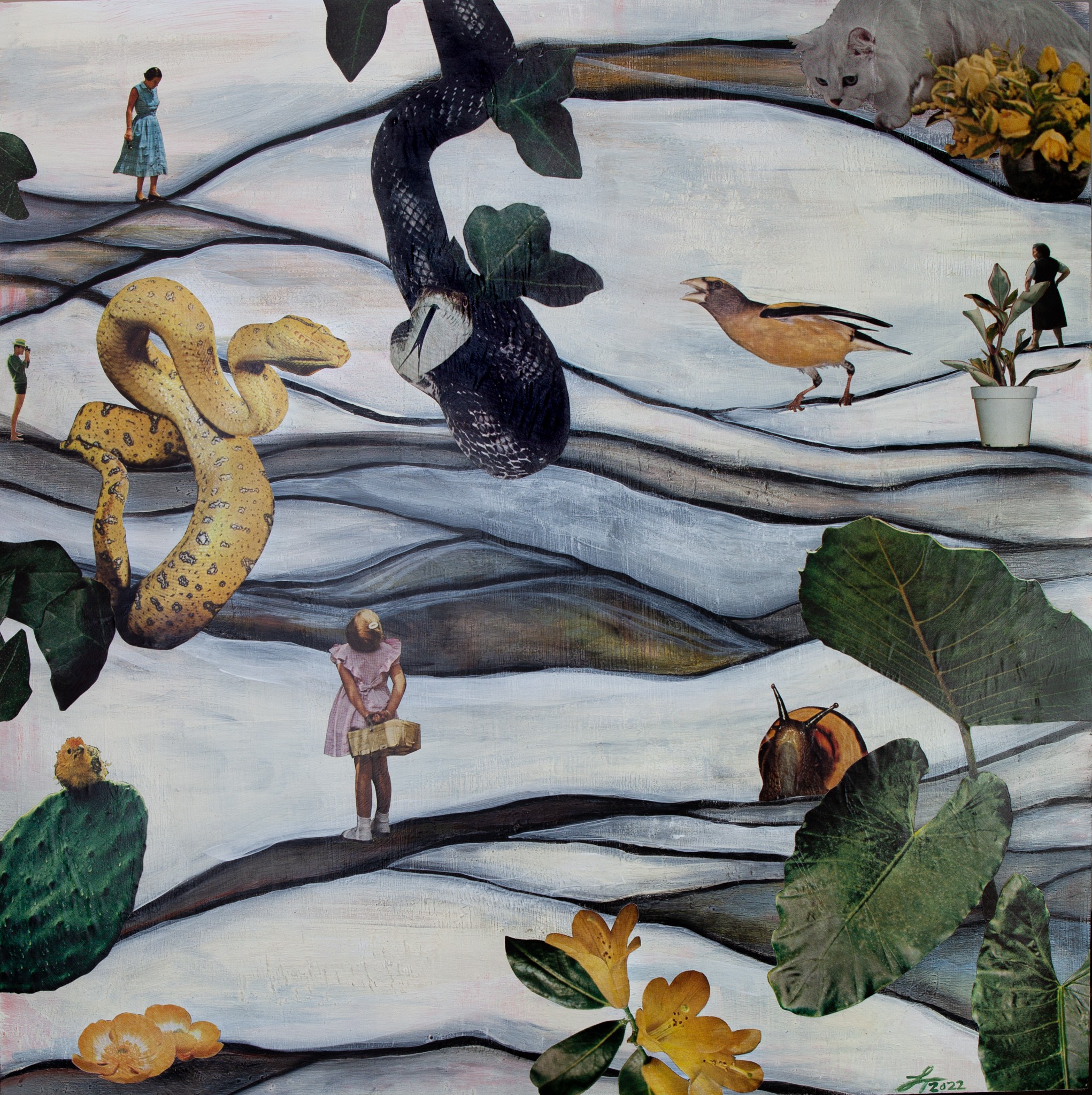

Image Credits
Bob Adamek Photography


